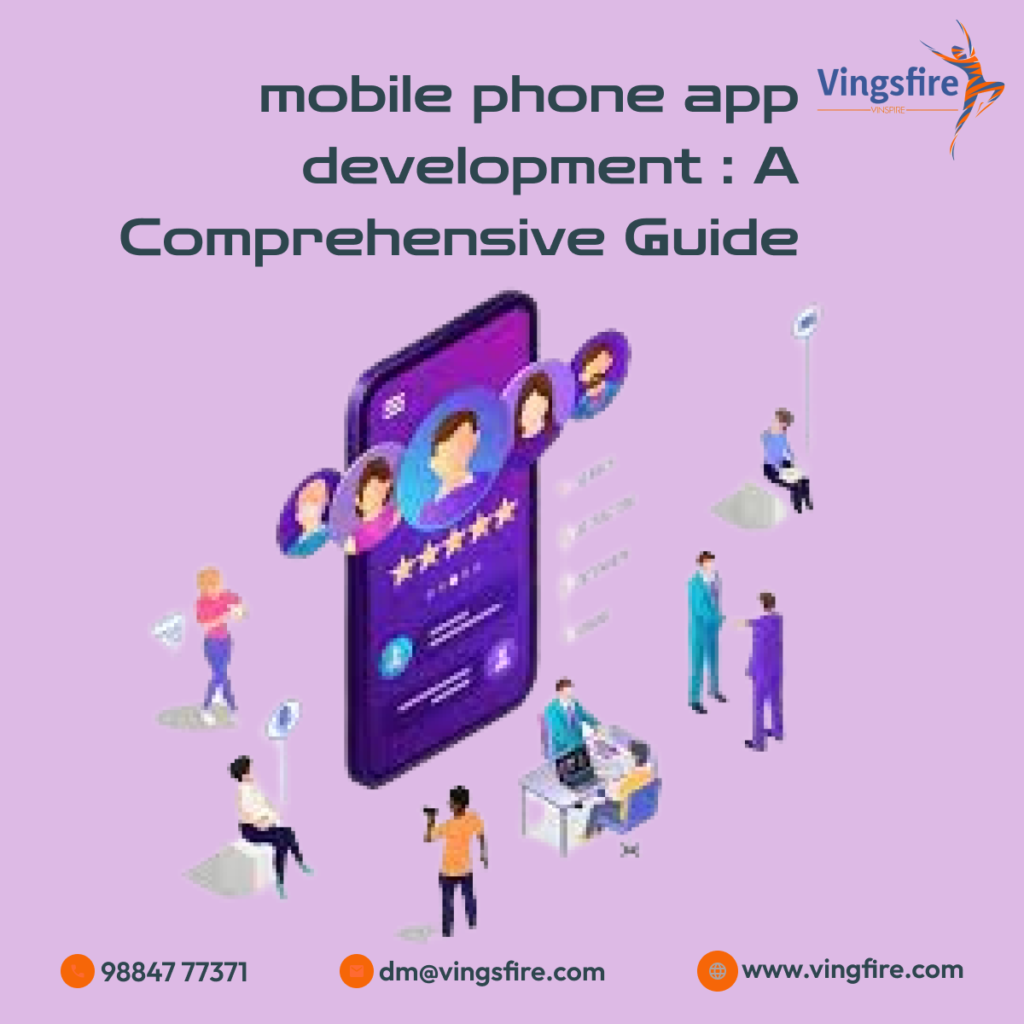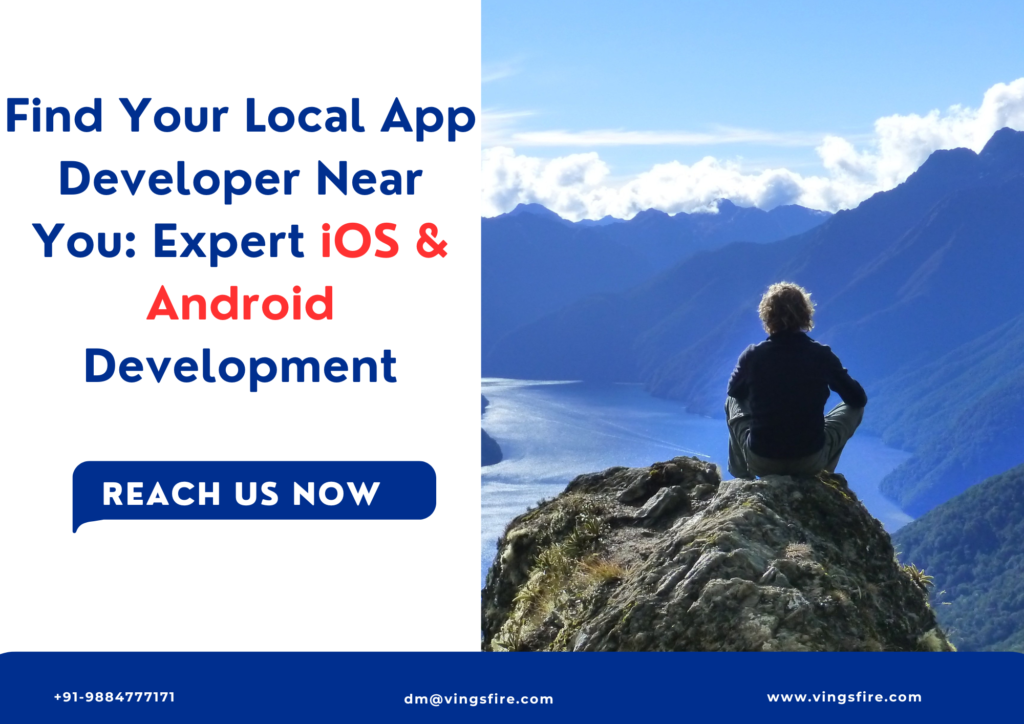
Mobile phone app development has become an integral part of the digital landscape, with millions of apps available across various platforms. Whether you’re a seasoned developer or a business owner looking to create a mobile app for your brand, understanding the intricacies of mobile app development is crucial. In this comprehensive guide, we’ll delve into the key aspects of mobile phone app development to help you navigate the process successfully.
Understanding the Basics:
Before diving into mobile app development, it’s essential to grasp the basics. Mobile apps are software applications designed to run on mobile devices such as smartphones and tablets. The two primary platforms are Android and iOS, each with its unique development environment and programming languages – Java or Kotlin for Android, and Swift or Objective-C for iOS.
Defining Your App’s Purpose and Features:
The first step in mobile app development is defining the purpose of your app and its core features. Identify your target audience and analyze competitors to ensure your app offers unique value. Consider functionalities, user interface design, and user experience to create a roadmap for development.
Choosing the Right Development Approach:
Mobile app development offers various approaches, including native, hybrid, and cross-platform development. Native apps are platform-specific and provide optimal performance, while hybrid and cross-platform solutions allow code reuse across multiple platforms. The choice depends on your project requirements, budget, and time constraints.
Planning and Design:
Effective planning is crucial for a successful app development project. Create a detailed project plan, including timelines, milestones, and resource allocation. Design the app’s user interface (UI) and user experience (UX) to ensure an intuitive and visually appealing design that aligns with your brand.
Development Tools and Frameworks:
Selecting the right development tools and frameworks is vital for efficiency. Android Studio and Kotlin are commonly used for Android development, while Xcode and Swift are preferred for iOS. Frameworks like React Native and Flutter facilitate cross-platform development, allowing developers to use a single codebase for both Android and iOS.
Coding and Testing:
During the coding phase, developers bring the app’s features to life. Regular testing, including unit testing and user acceptance testing, helps identify and fix bugs early in the development process. Emphasize quality assurance to ensure a stable and reliable app.
Deployment and App Store Guidelines:
Once development and testing are complete, it’s time to deploy your app to the respective app stores. Follow the guidelines set by Google Play and the Apple App Store to ensure compliance and increase the chances of approval. App store optimization (ASO) strategies can enhance your app’s visibility.
Post-Launch Maintenance and Updates:
After launching your app, the work doesn’t end. Monitor user feedback, analyze app performance, and address any issues promptly. Regularly update your app to introduce new features, improvements, and security patches to keep users engaged and satisfied.
Conclusion:
Mobile phone app development is a dynamic and rewarding process that requires careful planning and execution. By understanding the basics, defining your app’s purpose, choosing the right development approach, planning effectively, utilizing the right tools, and following deployment and maintenance best practices, you can create a successful mobile app that meets the needs of your target audience and stands out in the competitive app market.












